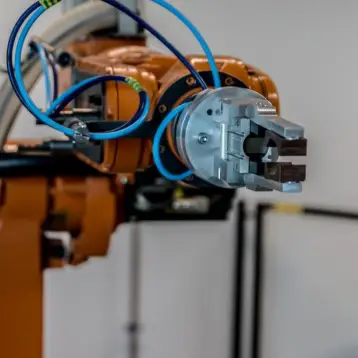Professor Lars Asplund from the School of Innovation, Design, and Engineering at Malardalens University intends to encourage students to think out of the box, creatively and in cooperation with each other. Using cutting-edge technology, the students, who are currently in their last year of the university’s M.Sc. degree program in robotics, were encouraged to set their limits high. “The most important thing is not always to reach the goal. If you aim for the stars, at least you’ll reach the treetops or even the moon,” said Asplund.
The robot was assembled by the students, who carried out everything from construction to programming. It is hoped that the robot, named “Roony” would physically place the red cottage on the moon in 2012. The operation plan of deployment and construction is still at early design and prototype stage. However, it is planned that once the “package” has reached the moon’s surface, Roony will be capable to construct the cottage independently.
Traditional Swedish houses are built out of wood, but the “House on the Moon” will be built using a very lightweight material which can be both collapsible and inflatable. The designer of the red cottage, Mikael Genberg, estimates that the small cabin will be red with white trim and weigh no more than five kilograms. Adding to that specification, the package has to be under a 6-liter volume, while simultaneously presenting a living space of 10-square-meters for any visiting astronaut. Genberg is best known for his work on alternative living environments such as the Hotel Otter Inn, which floats in Lake Malaren in Sweden, and includes an underwater bedroom.
TFOT has previously written about the Scarab Lunar Rover, both a scientific research platform and a drilling platform that was designed to operate in wildly changing terrain and drive autonomously in full darkness, all the while consuming very low amounts of power. You can also check out our article about NASA’s development of an energy generator for the moon that will be based on nuclear power, as well as a coverage of Russia’s plans for future space exploration, which reportedly include building of a low-orbit space station that will support future exploration of the moon and Mars.
Additional information on Robot Roony can be obtained at the project’s official website.










